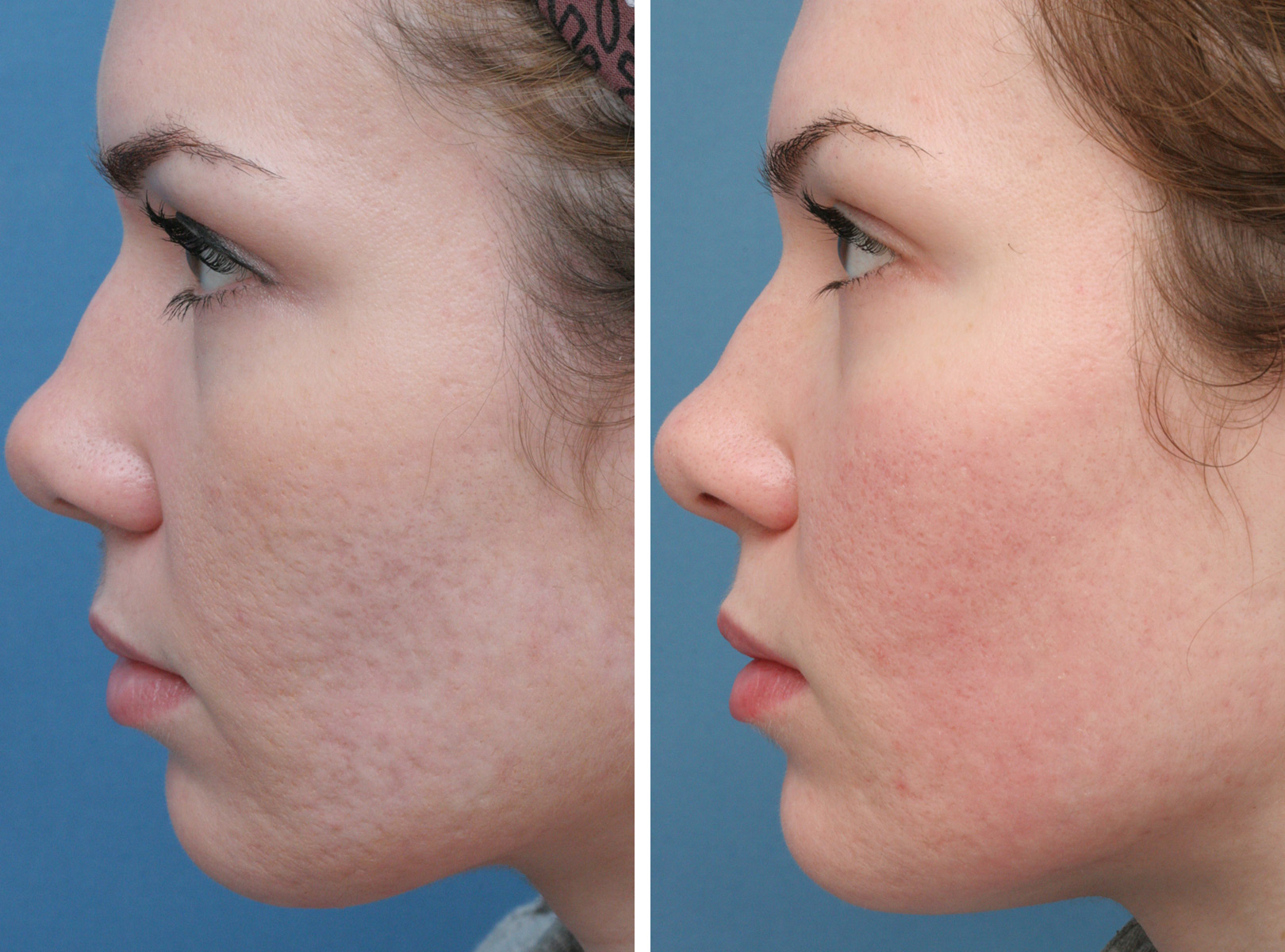Scarring is actually a natural step in the process of skin healing after the damage has been done. The problem is that the skin does not always heal in a desirable fashion, sometimes causing deformations and sometimes leading to marks which may be long lasting to permanent.
Humans have a tendency to scar after every single damage to the skin tissues unless of course the lesions are minor which and the skin heals fast. Also, some scars get dissolved or replaced by the new skin over time- a process more common in animals who can completely regenerate a new tissue as against humans.
Now, getting hurt and hence having a scar is normal but is flaunting that and letting it spoil the looks okay too? Unless of course they are war scars and hence a matter of ultimate pride, the scars should be treated especially if they are coming in the way of you feeling confident of yourself.
The most common scars that people usually get treated are the acne scars but that almost all the scars can be treated by similar procedure is a fact not many people are aware of.
Types of Scars
Before delving into how to correct or treat them, let us have a look at the types of scars one can have. The purpose is simple- the more you know your condition, the better you would be able to relate to what the dermatologist is saying.
To give an overview first, acne scars are caused by either the loss of tissue (atrophic) or by excess of tissue (hypertrophic). Based on these two categories, there are four sub-categories of acne scars.
- Ice Pick Scars: These are deep narrow scars giving the look as if something sharp pierced the skin. They usually develop after a cystic infection or deep inflammation which works its way to the surface. An atrophic scar, it is marked by the destruction of the skin tissue leaving a slender column like scar.
- Box Scars: Box scars are usually round depressions with vertical sides. For easier imagination, imagine a hollow hemisphere put over a cylindrical bottle, hollow side up. They are wider than ice pick scars and give a pitted appearance to the skin. Another example of atrophic scars, these are formed when an inflammation destroys the collagen in the skin tissue. The depth of the scar varies in proportion to the tissue destruction.
- Rolling Scars: Rolling scars which appear as wave like undulations on the skin are caused when fibrous bands of tissue develop between the skin and subcutaneous tissue below. The bands in turn pull the epidermis to the deeper structures of the skin.
- Keloid Scars: Type of a hypertrophic scar, this one is formed due to excess collagen production. More common in men as compared to women, they are more commonly found in the torso region.
Also, please note that discoloration of skin is a natural response of the skin to the inflammation caused on account of acne. It usually appears as colored patches ranging from pink to red, brown or black depending upon the skin tone and depth of discoloration. In many cases, this discoloration usually fades with time however, in some cases the extra melanin deposition which is usually the cause behind this discoloration has to be treated for removal

